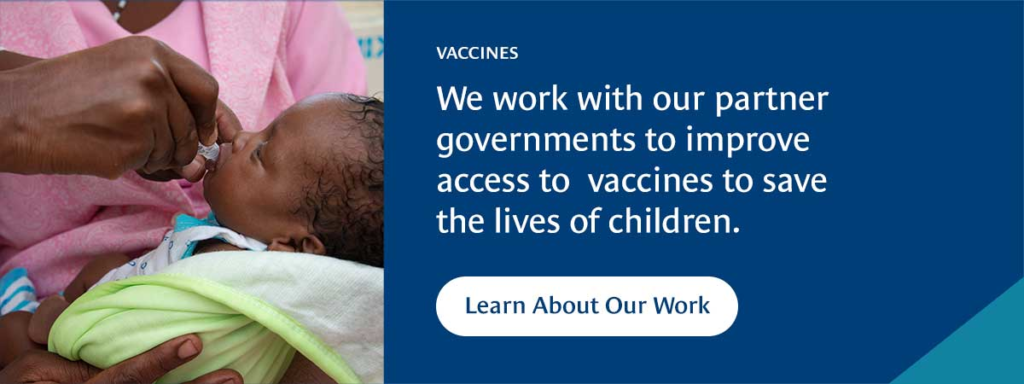The Vaccine journal has published a CHAI-led study in Madhya Pradesh that highlights an innovative solution to identifying optimal locations for establishing cold storage points at the last mile with a view to reducing vaccine transportation time from health facilities to outreach session sites.
Immunization programs across low- and middle-income countries face challenges in delivering life-saving vaccines from cold storage points in health facilities to outreach session sites, which are in communities many miles away. Vaccines are sensitive to temperature changes and must be kept cool within recommended temperature ranges for the entire journey to ensure they are still effective when they reach the children who will be receiving the shots.
Additionally, the long distances that vaccines must travel can cause sessions to start late—often a driver of community confidence—and impact the timely return of partially used vaccines to storage points within the same day. Under India’s Open Vial Policy (OVP), all opened WHO-prequalified multi-dose vials of vaccines (for which OVP is applicable) must be returned to the cold storage points in health facilities at the end of an immunization session and may be used for up to 28 days if proper storage and transportation conditions are met.
The government recommends that vaccine transportation time between cold storage points and session sites be no more than 60 minutes. To achieve this goal, CHAI worked with the state of Madhya Pradesh to identify new and closer cold storage points and optimize the network of existing ones to ensure vaccine integrity throughout the entire journey. The project was piloted in eight districts and reduced vaccine transportation time on average by 58 percent—increasing delivery timeliness as well as vaccine potency for approximately 20,000 children annually. The methods and results from the pilot have been published. The approach is now being scaled up in the state’s remaining 44 districts.






